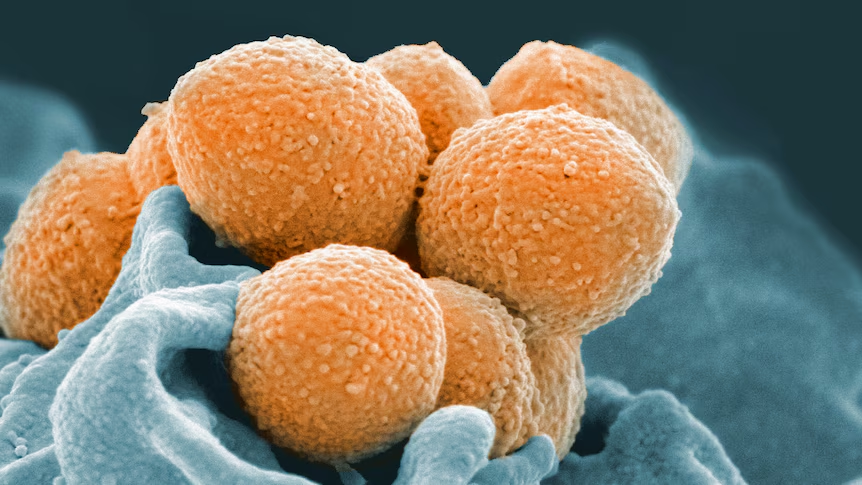( National Post ) Japan is seeing a record-breaking rise of a “flesh-eating bacteria” that can kill people within 48 hours, prompting a closer look at the deadly disease.
Cases of streptococcal toxic shock syndrome (STSS) in Japan have reached 1,019 cases as of June 9, more than the total number reported in all of last year. At the current rate of infections, the number of cases in Japan could reach 2,500 this year, with a “terrifying” mortality rate of 30 per cent, Ken Kikuchi, a professor in infectious diseases at Tokyo Women’s Medical University, told Bloomberg earlier this month.
Public Health Ontario has reported 13 children have died in the province from invasive group A streptococcus (iGAS) disease, which includes STSS, between Oct. 1 and May 31. During this period, 1,510 cases have been reported, a 33 per cent rise compared to the previous season. According to the B.C. Center for Disease control, 51 iGas infection were reported in 2023, compared to 20 cases in 2022.
What is STSS?
Streptococcal toxic shock syndrome occurs when a group A streptococcus enters “deep tissues and organs,” according to Health Canada.
Streptococcus pyogenes, or group A streptococcus (GAS), is “a common bacterium” that usually causes mild symptoms such as strep throat, scarlet fever or skin infections, the agency says. In rare cases, the disease causes severe illness and even death. This occurs when it enters areas where it is not normally found “such as the blood, lungs, muscles, joints and bones, or the fluid surrounding the brain and spinal cord,” Health Canada says.
“Most of the deaths happen within 48 hours,” Kikuchi said. “As soon as a patient notices swelling in foot in the morning, it can expand to the knee by noon, and they can die within 48 hours.”
How does GAS spread?
GAS bacteria spreads through respiratory droplets or direct contact. People can carry the bacteria without showing symptoms or infection, Health Canada says. Some people even carry the bacteria as part of their natural “flora.”
Kikuchi urges people to maintain hand hygiene and to treat any open wounds. He said patients may carry GAS in their intestines, which could contaminate hands through feces. Open sores and wounds, weakened immune systems and being pregnant might increase the chance of infection from GAS. Alcohol and drug use are additional risk factors.
What are the symptoms of STSS?
While initial symptoms include fevers, chills and aches, it can turn severe within 48 hours. STSS causes life-threatening illnesses when it damages the organs and tissues. It can cause pneumonia or abscesses in the lungs. It is also associated with necrotizing fasciitis, or the “flesh-eating disease,” which turns the skin purplish before it dies.
About 1 in four percent of necrotizing fasciitis cases are fatal, according to Healthlink B.C.
One of those survivors was Lucien Bouchard, a member of former Prime Minister Brian Mulroney’s cabinet and founder and former leader of the Bloc Québécois. Bouchard lost his left leg to necrotizing fasciitis in a near-fatal brush with the disease. Doctors amputated his leg two days after he was diagnosed to halt the spread of the disease.
How do you prevent GAS disease?
Health Canada recommends washing hands before and after handling food, coughing or sneezing or using the bathroom. The agency also recommends improving indoor ventilation, masking and staying home when you are sick to minimize spread. If you cut or scrape yourself, disinfection early can also prevent infections.
Why is it spreading?
The WHO said the rise in cases followed the end of COVID restrictions. Another reason that has been proposed for the disease’s spread is that lockdown may have inadvertently lowered immunity to GAS and other diseases. While other diseases saw a spike after the end of restrictions, then eventually died down, GAS diseases have continued to rise for as-yet unknown reasons.
National Post, with additional reporting from Bloomberg
Our website is the place for the latest breaking news, exclusive scoops, longreads and provocative commentary. Please bookmark nationalpost.com and sign up for our daily newsletter, Posted, here.










